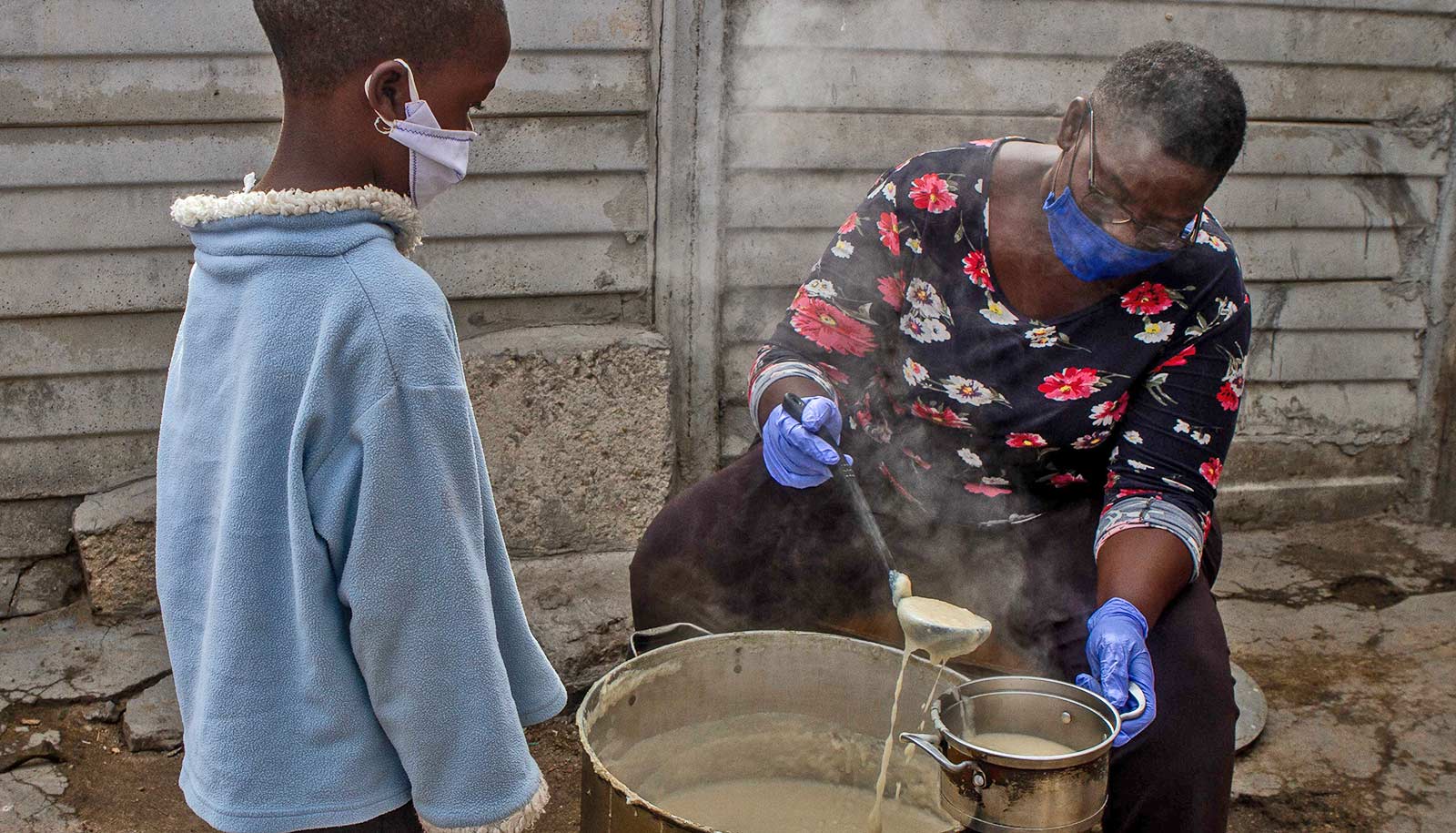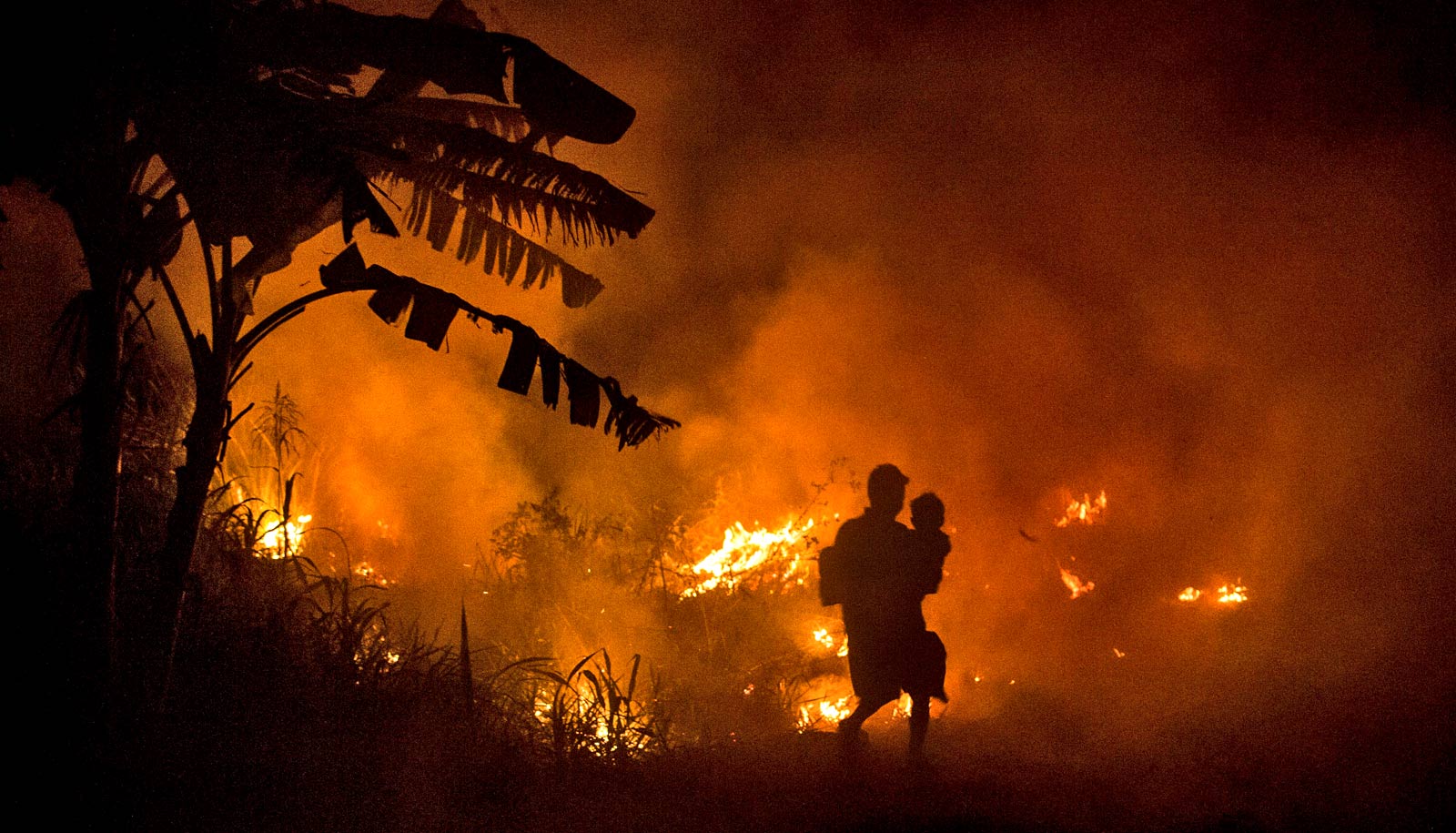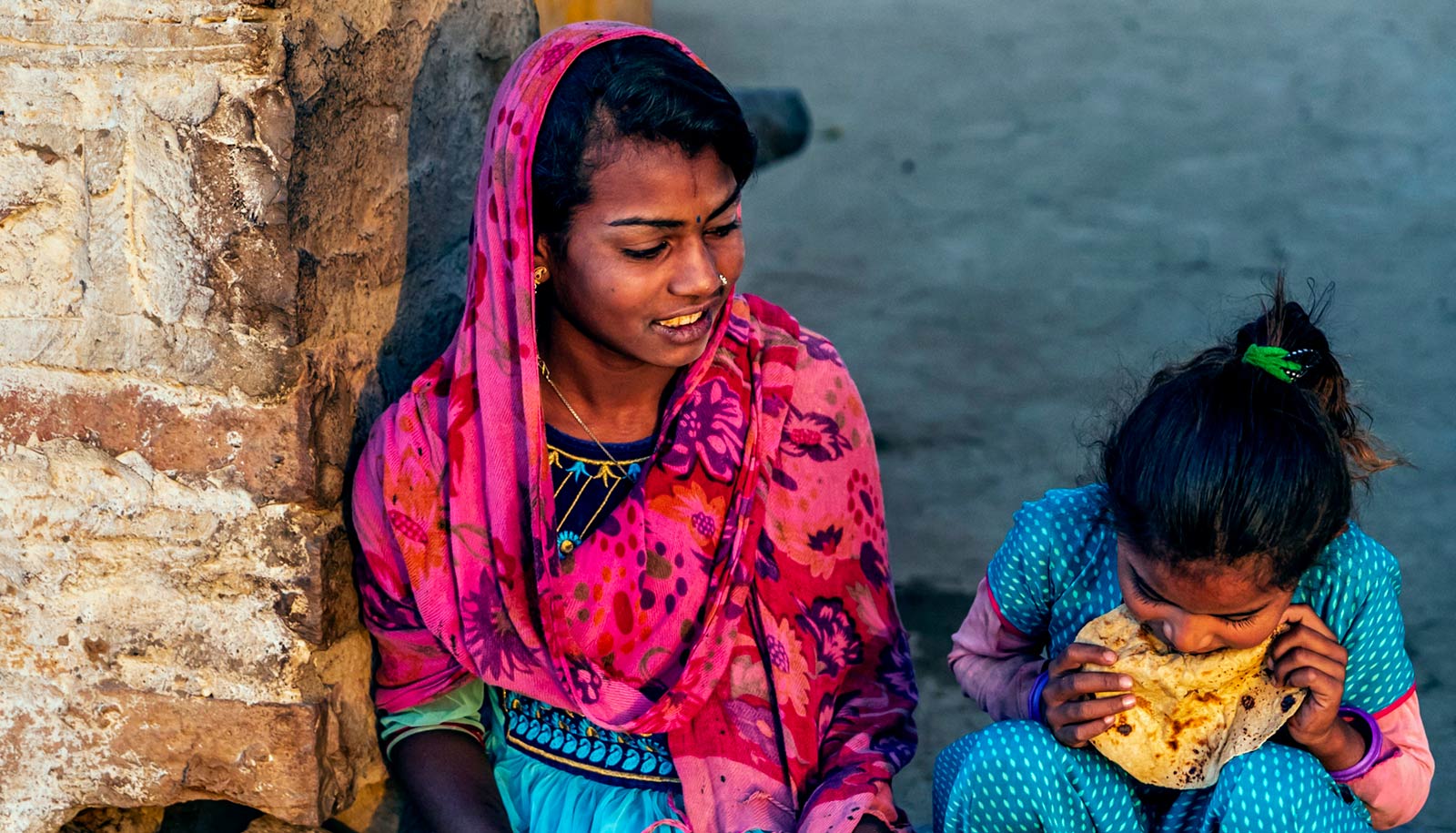A single bad El Niño weather event can leave nearly 6 million children undernourished, according to a new study.
That’s at least 70%—and perhaps up to three times—the number of children who have gone hungry because of the COVID-19 pandemic.
El Niño events cause weather patterns to shift across the tropics, leading to widespread impacts on agriculture, infectious diseases, and human conflicts and they occur much more frequency than pandemics.
“It’s a real tragedy that, even in the 21st century, so much of the human population is pushed to desperation by predictable climate processes.”
El Niño cycles are easier to predict than pandemics like COVID-19, but can still have serious implications for children’s health, which means we should plan accordingly, says Amir Jina, assistant professor at the University of Chicago’s Harris School of Public Policy and coauthor of the paper in Nature Communications.
“Scientists can forecast an approaching El Niño up to six months in advance, allowing the international community to intervene to prevent the worst impacts,” Jina says. “Our study helps to quantify those impacts on child nutrition to guide global public investments in food insecure areas.”
In the paper, Jina and his coauthors—Jesse Anttila-Hughes at the University of San Francisco and Gordon McCord at the University of California, San Diego—provide the first estimate of El Niño’s effects on child nutrition throughout the global tropics.
By assembling data on more than a million children spanning four decades and all developing country regions, their analysis finds that warmer, drier El Niño conditions increase undernutrition in children across most of the tropics, where 20% of children are already deemed severely underweight by the World Health Organization (WHO). That percentage ticks up by 2.9% during El Niño years.
In the case of the severe 2015 El Niño, the number of children at or below the WHO threshold for severely underweight jumped by nearly 6%—or an additional nearly 6 million children driven into hunger. While the children’s weight appears to recuperate with time, the shock on their nutrition at such a young age stunts their growth in later years.
The international community is working to eliminate all forms of undernutrition by 2030 under the framework established by the United Nations’ Sustainable Development Goals, meaning each year about 6 million children would need to escape severe hunger.
With less than 10 years remaining to meet that goal, the 2015 El Niño erased one year of progress. Offsetting the impacts of the 2015 El Niño would have required providing 134 million children with micronutrient supplements, or 72 million food-insecure children with food, the study finds.
“It’s a real tragedy that, even in the 21st century, so much of the human population is pushed to desperation by predictable climate processes,” says McCord.
While it is unclear whether climate change will increase the frequency and intensity of El Niño cycles, climate change will cause hot areas to become hotter and dry areas to become drier. When El Niño is layered on top of these overall shifts, there is no doubt that the effects during El Niño years will be worse than they are now. For example, in areas that expect to lose crops with climate change, those same areas will likely lose even more crops during El Niño years.
“These are routine events in the climate that lead to real tragedy around the world,” says Anttila-Hughes. “Studying El Niño can teach us about the impacts that come from a hotter, drier climate—important lessons as these changes become more global in scale with climate change. But the fact that we live through an El Niño every few years, we know they’re coming, and we still don’t act is a bad sign since many of these climate shifts—from isolated heat waves to hurricanes—will be a lot less predictable as the climate changes.”
Source: Vicki Ekstrom High for University of Chicago



